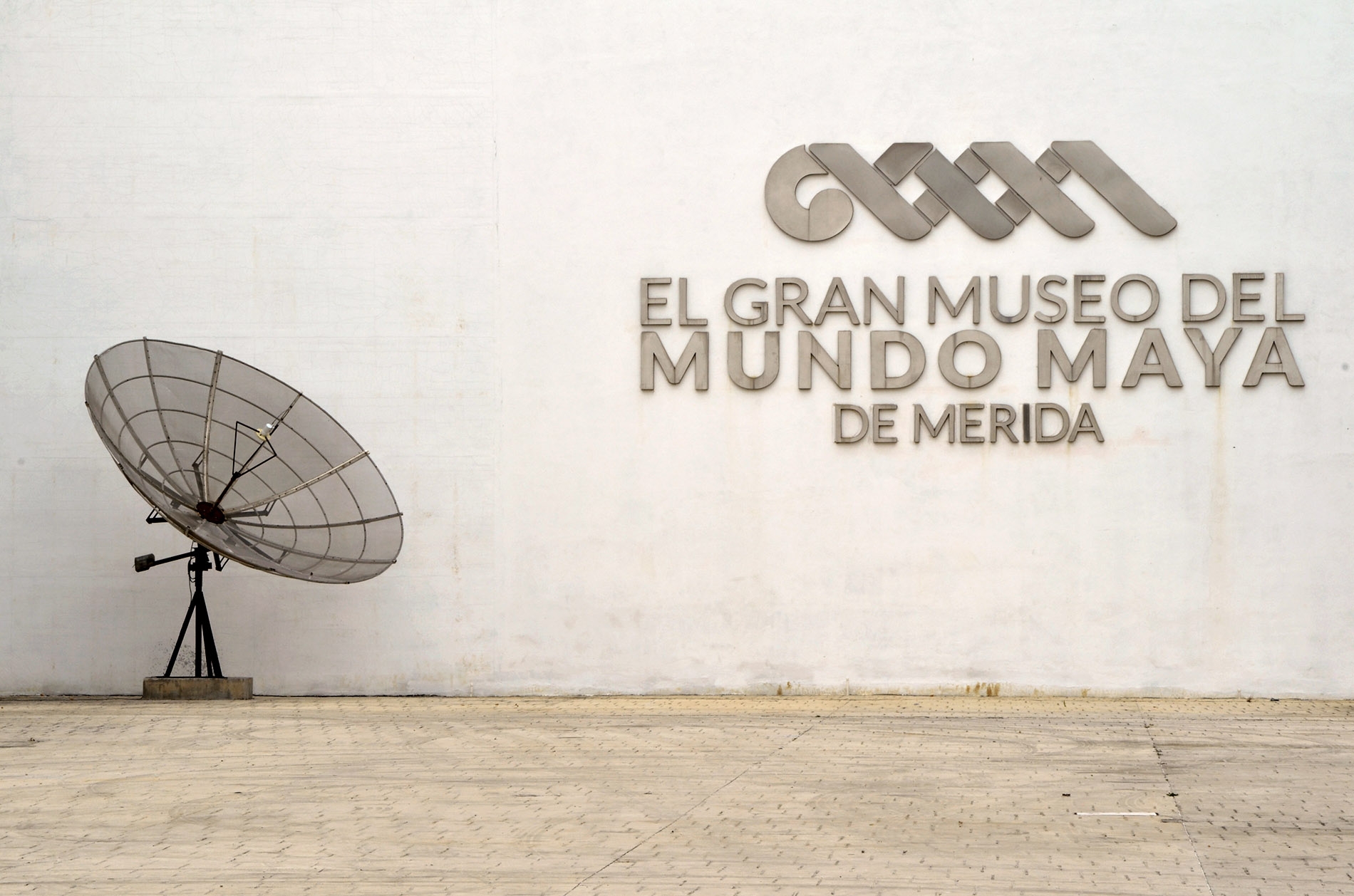Eduardo del Buey
Foto: Rodrigo Díaz Guzmán
La Jornada Maya
Miércoles 15 de junio, 2016
[i]If you talk to a man in a language he understands, that goes to his head. If you talk to him in his language, that goes to his heart.[/i]
Nelso Mandela
Touching the audiences’ heart – the very essence of good communications.
The Gran Museo del Mundo Maya in Merida, Mexico, curated by José Enrique Ortiz Lanz and the brainchild of Jorge Esma Bazan, Director of the Yucatan Institute of History and Museums, does so in spades. This Museum speaks to its audience in its own language – be it the language of the Mayans, non-Mayans, or the language of youth.
The extensive use of the Mayan language throughout the Museum, as well as Spanish and English, is the first thing that strikes the public. Until recently, most museums treated native people as having a past but no present – celebrating their artifacts but not their role in the contemporary world.
The use of the Mayan language underscores the vitality of this culture and puts it on the same level as contemporary non-indigenous cultures.
This Museum seeks to show not only how the ancient Mayans contributed to the world in the past, but also how contemporary Mayan people throughout Mesoamerica are regaining ground that had been lost since the conquest some five centuries ago.
The result is to dispel many misconceptions about native peoples in the Americas by integrating the past and the present, and provide them with the wherewithal to continue growing and developing their cultures in a globalized world.
The modern Mayan can visit the Museum with a renewed sense of pride, identifying with past achievements but not being trapped in their amber. This is but one example of how a museum can speak to people in their language, strike deep in their hearts, and make them feel included in the ebb and flow of human history.
It can make them feel relevant.
Another example of the vision of this Museum is the extensive use of interactive technology. One seems to think that Native Americans focused their existence mainly on glyphs and textiles.
Yet their calendar underscored a profound technological knowledge – mathematics, astronomy, physics, engineering, and architecture – and a strong spiritual base that resulted in great monuments and cites, thriving civilizations, and a complex cosmovision. The Museum allows modern Mayans to see how their current cultural canons can meld successfully with today’s technologies, and how they can embrace the meeting of both worlds rather than feel marginalized by it.
Finally, the Museum speaks to youth in their language – that of interactive technology and electronic learning games.
Non-Mayan and Mayan children roam free throughout the Museum, learning about each other from the many and varied interactive displays, and coming out with a stronger understanding of each other than previous generations have had. This melding of ideas with technology is precisely the pedagogical tool needed to bridge what hitherto have been two solitudes.
Speaking to youth about the richness of their heritage makes a strong impact and will certainly change many of the erroneous perceptions outsiders may have had about Native American culture and its contribution to humanity.
What better way to achieve this than by sensitizing children in a way they both enjoy and dominate – through technology – to foster a greater understanding of the rich texture of their joint cultural heritage. What better feeling for the Mayan children than to have their heritage celebrated and given a contemporary context of which they can be proud, integrating into the global society as equals in all respects.
Museums are excellent communications tools. This one stands out for its innovative approach to cross-cultural and cross-generational communications.
It is well worth a visit.
[b][email protected][/b]
Mérida, Yucatán
La Resaca 2.0
Normando Medina Castro
El joven, de 20 años, es originario de otra entidad federativa
La Jornada Maya
